
Sustainable Defensible Space & Resilient Landscapes
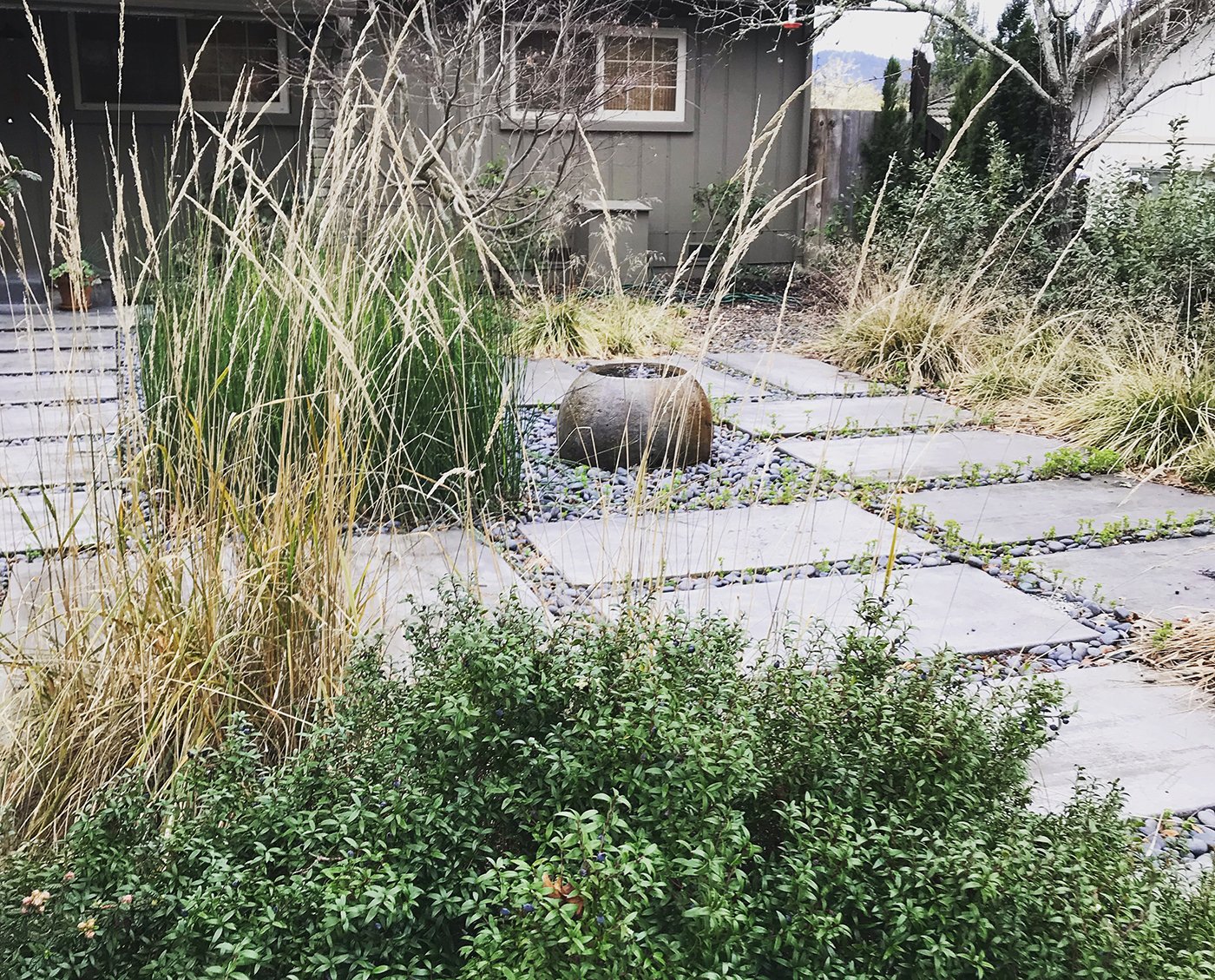
Contributor
Winter 2021
The western United States has experienced an unprecedented year of wildfires and drought in 2021. In California, we have been adapting our gardens for our summer-dry mediterranean climate, but with climate change projections, we will have longer periods of extended drought coupled with intense periods of rain in addition to increased wildfire activity. Many places that have typically not been impacted by severe or prolonged drought and wildfire have been affected, such as the Pacific Northwest. Each of us is challenged with how to balance what seem to be competing demands for water and energy conservation, defense against fire, and support for wildlife in our gardens. We find ourselves at the intersection of climate change, ecology, public policy, and science—attempting to balance multiple competing needs to adapt our home landscapes.

Our wake-up call came in 2017 in Sonoma County, California. Entire neighborhoods were destroyed overnight; more than 5,300 homes were lost to the Tubbs and Nuns fires, including 3,043 structures within the City of Santa Rosa—approximately 5 percent of the city’s housing stock. In a county with a population of 500,000 people, every one of us was impacted in some way. Extreme weather was not something in the distant future, it was at our front door. In 2021 we were once again facing an early start to the wildfire season after successive years of repeated wildfires, exacerbated by extreme drought conditions with incumbent pressures to dramatically reduce home landscape water use.
Our gardens can be the front line of defense not only against wildfire but also biodiversity loss. A key question we face is: How do we nurture our gardens and protect our homes while creating environmentally sound defensible space? Recognizing that some tensions existed between recommendations for defensible space and sustainable landscape principles that support a healthy ecosystem, the UC Master Gardener Program of Sonoma County joined forces with Sonoma Ecology Center and Habitat Corridor Project to develop the Resilient Landscapes Coalition.

Right: Bennett Ridge, Sonoma County, CA garden (Design by April Owens and photo by Alex Roa)
The coalition represents multiple disciplines of natural ecology, landscape design, and research-based outreach. We teamed up with local fire agencies to ensure we represented the latest in firefighting experience and statutes and educated them on the importance of sustainable landscaping. Our goal was to synthesize and translate the information that home gardeners need. This information is particularly important for those who live in high fire severity zones and adjacent to wildlands or the wildland urban interface (WUI), but whether we live near a wildland, in a subdivision, or in a city, the principles are the same.
We developed educational outreach for Sonoma County residents integrating sustainable landscape practices with Firewise landscaping recommendations—what we called resilient landscaping. The information we share represents a combination of state and county laws, best practices from firefighting personnel, and scientific research. We focus on landscape recommendations in the defensible space zone (or the maintenance and modification of living and dead fuels in the area immediately around the home and structures and out to 100’). Defensible space work should be done in conjunction with hardening your home. While this article doesn’t address home hardening, we’ve shared additional resources at the end of the article to guide you in that process.
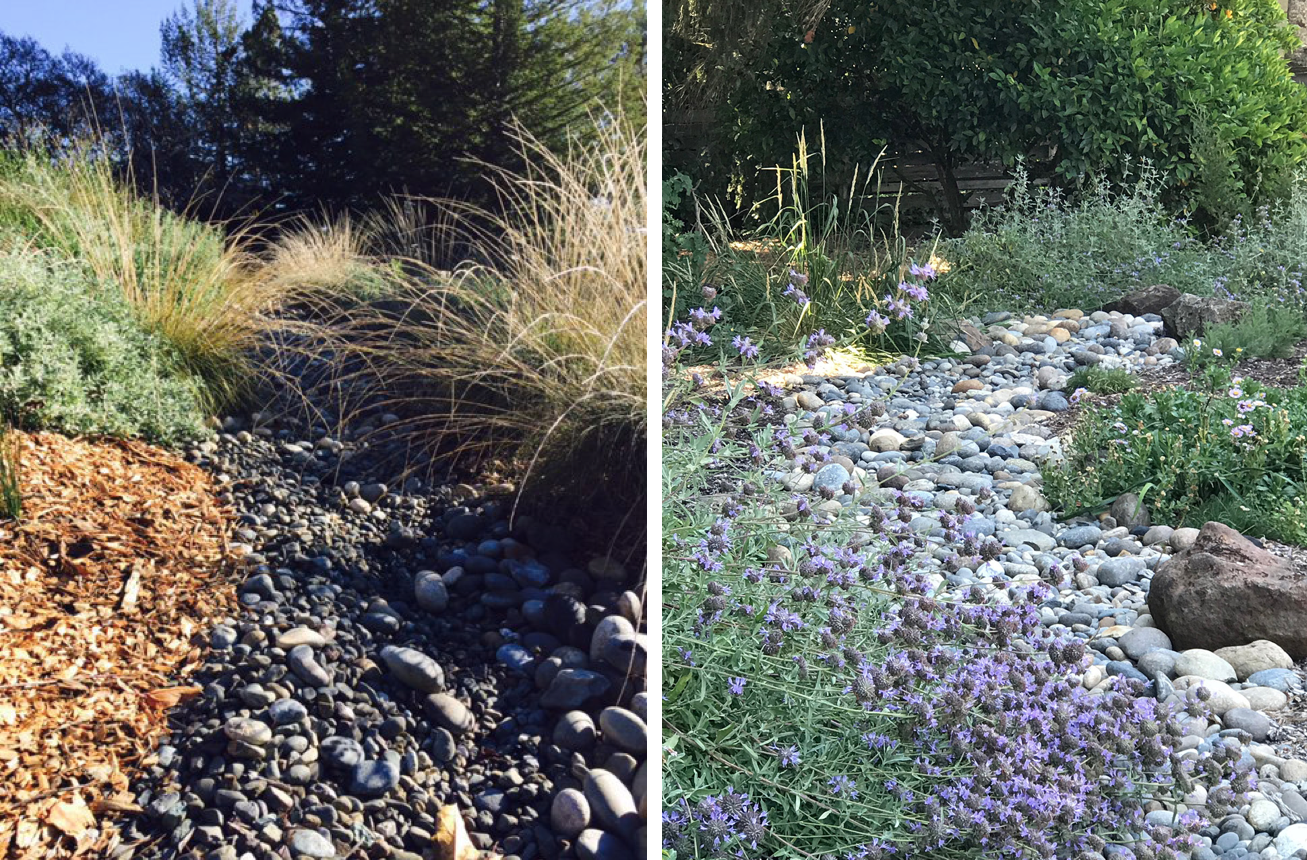
Right: Dry creek bed, garden in Sebastopol, CA (Design and photo by April Owens)
While every landscape is unique, each of us needs to not only do what is required by law but also consider our personal and family risk in preparing for the next wildfire. Per University of California Agriculture & Natural Resources Division advisors working on this topic, “research has demonstrated that by careful attention to the selection, location, and maintenance of vegetation and other combustibles on the property (i.e., the defensible space on the property), implementing retrofits to ‘harden’ the home, and implementing an ongoing maintenance program, it is possible to improve the odds that a home will survive a wildfire.” (Valachovic, Quarles, and Swain 2021)
Often the first questions we hear are “What should I plant?” or “Can you provide me with a firesafe plant list?” The reality is that all plants will burn. How a plant is maintained, where it is placed, and the overall design of the garden are likely more relevant to whether a plant will burn, rather than its species characteristics. Therefore, our educational outreach focuses on Firewise and sustainable landscape design and maintenance.
We know that careful plant selection—choosing low-water-use, predominantly native plants— for our home gardens can support water and energy conservation as well as local wildlife. Our gardens can provide critical habitat to aid biodiversity, so we recommend selecting native plants that will thrive in your environment and provide food and shelter for birds, pollinators, and other wildlife. Native plants are critical in supporting native pollinators, for example monarch butterflies, and other wildlife that are key to a healthy ecosystem. Where we place those carefully selected plants and how we maintain them brings the Firewise lens to the forefront.
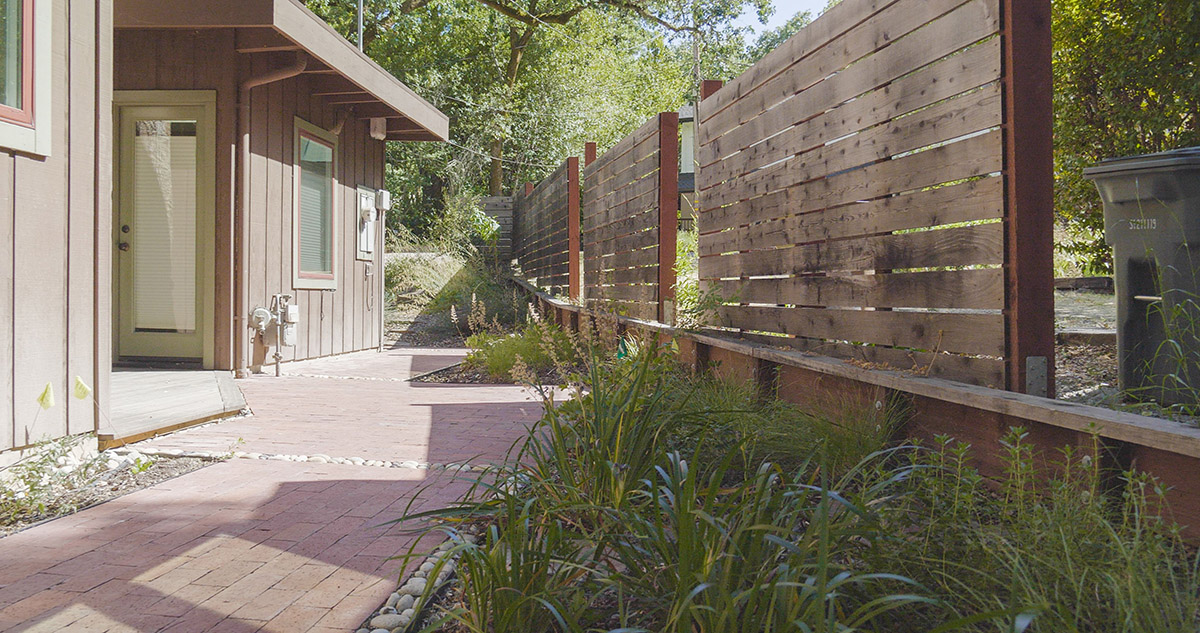
Right plant, right place is very important in resilient landscaping. Choose plants that will grow to a size appropriate for their location, so you don’t have to be constantly pruning them to maintain desired spacing. Avoid planting shrubs under trees to reduce the possibility of having fire move from the ground plane into trees or up a ladder of fuel. Limb up all trees at least 6’ from the ground or one-third the height of the tree. It’s critical to maintain all your plants as they grow. If you do place a shrub under a tree, allow at least three times the height of a shrub between it and the lowest tree limb. Unless you have a really tall tree, the best recommendation may be to use ground covers instead of shrubs under trees.
Ensure you are keeping plants healthy with regular irrigation. Appropriately hydrated plants are more resistant to fire, pests, and diseases. Native plants can require far less water to remain hydrated. There are many resources available to help you select plants that require less water to thrive—especially important with changing climatic conditions leading to longer periods of drought.
When considering plant spacing, scientific research supports avoiding planting within the first 5’ around structures, an area called the ember-resistant zone in California. Spacing between grasses, shrubs, and trees in the 5–100’ perimeter around structures is crucial to reducing the spread of wildfires. Focus on minimizing the fuel connectivity between garden beds, shrubs, and trees by placing pathways or installing hardscape to reduce the risk of fire moving through the landscape to your home. Evaluate how close together your trees and shrubs are spaced and the degree of any slopes.

On flat to gently sloping terrain, individual shrubs or groups of shrubs should be separated by at least twice the height of the tallest shrub. For homes located on steeper slopes, the separation distance should be greater. For individual or groups of trees, spacing of 10’ between canopies is recommended, and on steeper slopes the recommended distance is increased. If you have existing trees, it’s not necessary to cut them all down to achieve this spacing. A Firewise landscape can have trees and vegetation, but it’s important to ensure that we have spacing to reduce the fuel volume and help break up the flow of fire to your home.
Let’s explore California’s three defensible space zones in more depth:
The first defensible space zone is the one immediately around your home. In the 0–5’ perimeter surrounding your home or attached deck (called the ember-free zone or Zone Zero), scientific research supports replacing combustible plants, planter boxes, combustible mulches, woodpiles, and wooden fences or gates attached to the home with noncombustible alternatives. Most structure losses are attributed to embers, not direct flame fronts.
The goal is to prevent embers from igniting your home when they land in flammable material in the immediate perimeter of your home. The typical home has woody shrubs massed against the house so this is a big shift away from how we have traditionally designed our landscapes. Use inorganic materials such as gravel or stepping stones in the 0–5’ zone around your house, and remove or replace any flammable fencing materials such as wood gates attached to the house. This also applies to hedges that extend into this zone.
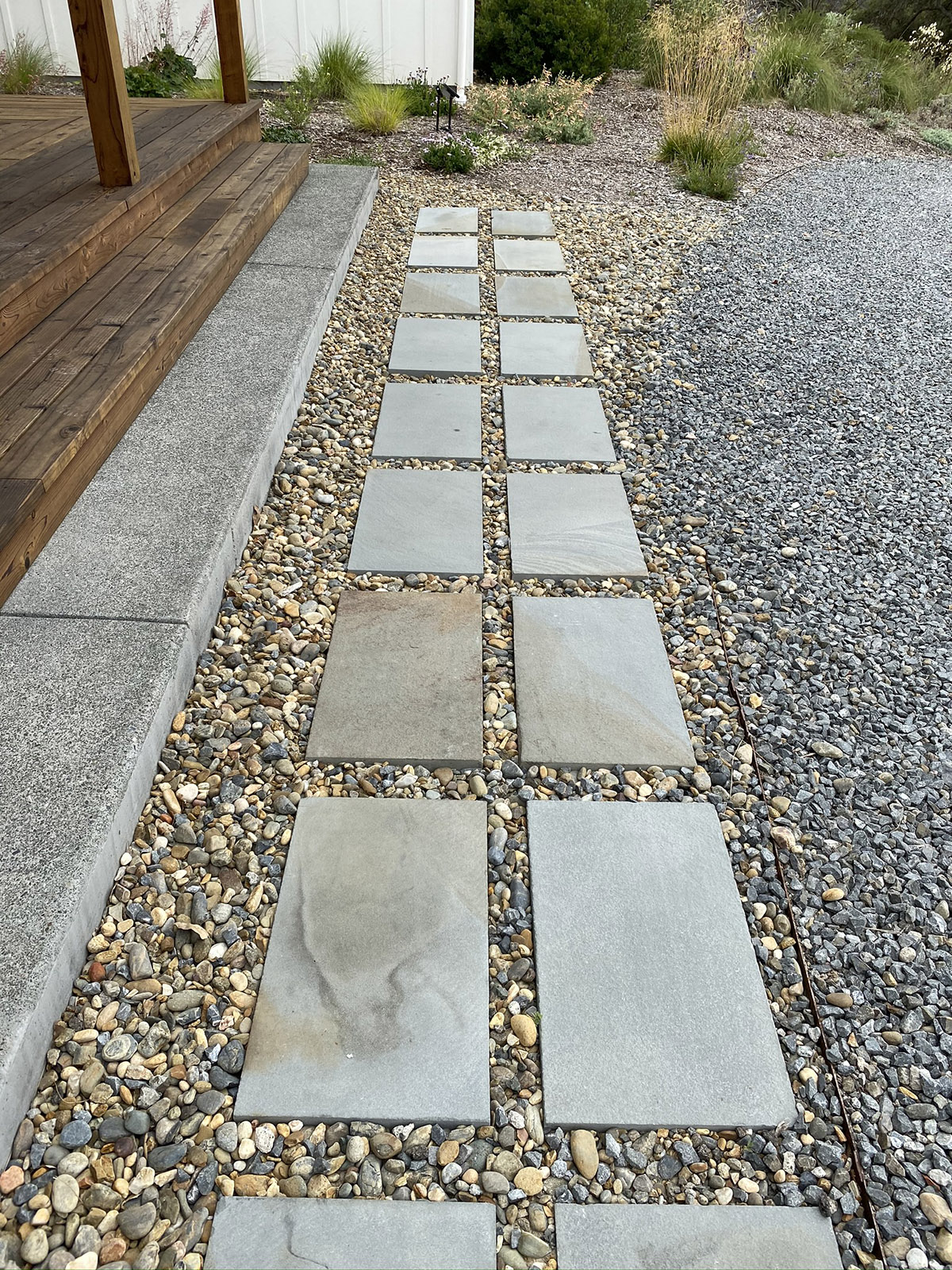
The biggest potential issue that trees create in Zone Zero is leaf litter on your roof, in your gutters, and on the ground—all of which you will need to remove on a regular basis during fire season. Remove limbs overhanging your roof, or keep them over 6’ above the roof.
In the next zone, 5–30’, you want to slow down oncoming fire and give firefighters a place to stage their defense. Focus on reducing the fuel connectivity between garden beds, shrubs, and trees so that if a wildfire does come into this zone the vegetation will not be able to burn to the house or into the crowns of trees. To achieve this, plant in “islands” separated by hardscape. Maintaining islands of plants, instead of isolated individual plants, will provide cover for ground-nesting birds while also providing erosion control. This is a great zone for hardscape elements such as a water feature, brick patio, paving stones, dry creek bed, or boulders.
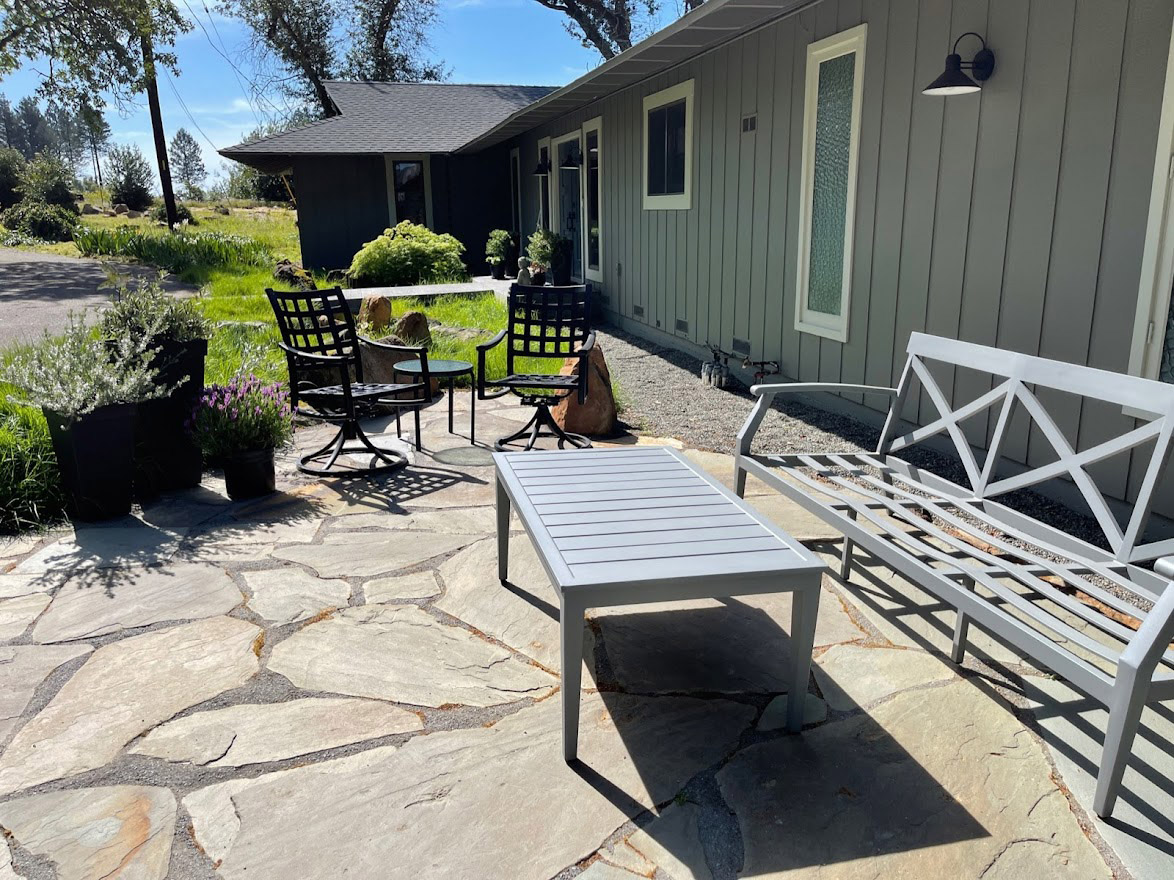
As we move out to the 30–100’ zone around your home and structures, the goal is to reduce the speed of approaching wildfire or spot fire. Moderate potential fire behavior by reducing the density of trees, shrubs and herbaceous plants or grasses to slow fire spread and reduce flame heights and fire intensity. Where you can, increase the spacing between trees or groups of trees, and limb or prune up lower branches of trees and shrubs. It is optimal if you can create islands of vegetation similar to the 5–30’ zone.
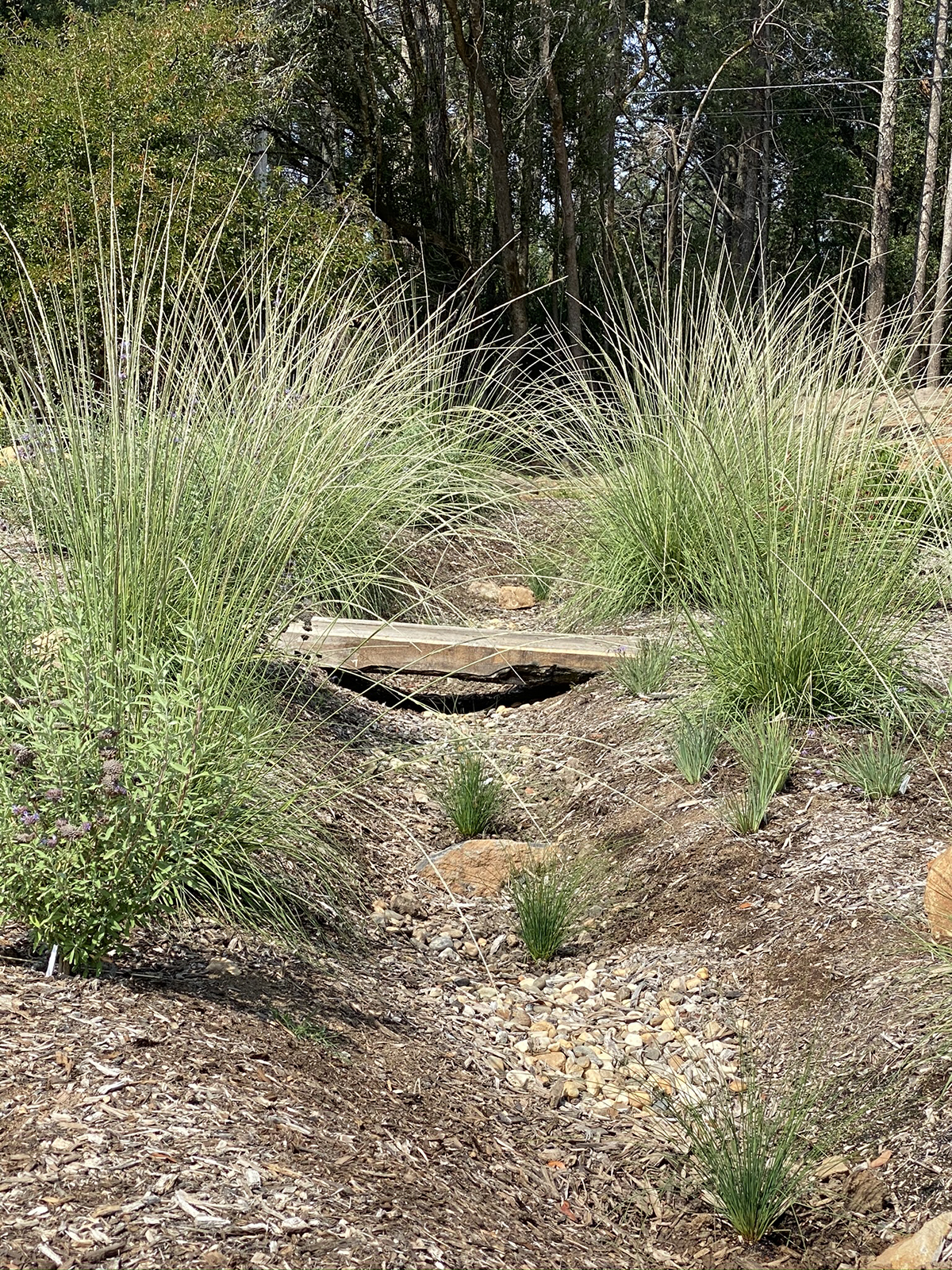
Once you’ve done the work to harden your home and prepare your defensible space, it’s important to reach out to and work with your neighbors. Your 0–100’ defensible space may extend into a neighbor’s property.
It may seem more straightforward to adopt these design concepts if you are starting with a bare landscape, but most of us are trying to integrate these recommendations into an existing landscape. The same concepts apply. Don’t be overwhelmed by trying to do everything at once; pick a few items every year to move forward—beginning with hardening your home and then moving on to creating your defensible space.
Try to see your landscape through a different lens, and look at whether there are receptive fuel beds which would ignite if embers landed there. How can you reduce the fuel receptivity through maintenance or plant removal? Be honest about your capacity to do the required maintenance of plant materials if you choose to keep them.
Start with some of these steps to move forward:
- Remove or reduce combustible materials such as plants or wood mulch in the 0–5’ zone around your home.
- Limb up all trees 6’ from the ground, and remove any shrubs beneath trees, or ensure there is vertical space between the shrub and lower tree branches, and horizontal space to the trunk.
- Break up planted areas into islands of plantings; this may mean you have to remove some plants. Introduce noncombustible hardscape, such as gravel or stepping stones, between the plant islands.
- If your property is on a steeper slope, then you should increase the thinning between plants.
- Look at where you can create new noncombustible areas—such as permeable landscaping using gravel—between plantings or defensible space zones to interrupt the flow of fire.
- Incorporate low-water-use native plants into your landscape.
- Maintenance is just as important as the design of your garden. Throughout the year make sure you are removing dead plants and branches from trees and shrubs. It’s also important to keep dead leaves and branches from accumulating in the center of a plant, as they make a plant more flammable and create fuel beds.
Additional maintenance tips include:
- Prune and thin vegetation in fall and early winter to avoid harm to bird breeding (birds breed generally from mid-February to the end of July).
- Don’t cut grass to bare dirt; it’s important to keep viable vegetation in place for erosion control.
- Don’t let leaf litter accumulate more than 1” during fire season within 30’ of the home, and remove it completely within 5’ at the beginning of and during fire season. Allowing leaf litter to remain during the rainy season is acceptable, and it is critical to healthy trees and soil microorganisms.
A layer of mulch helps with weed suppression and water conservation, but wood mulches are combustible so they shouldn’t be used in a widespread or continuous manner. Most importantly, wood mulch should not be used in the 0–5’ zone around your home. Separate mulched planted areas with noncombustible materials such as concrete, gravel, or a mown native grass strip. Composted materials demonstrated the least hazardous fire behavior in mulch flammability research studies. Choose well-composted, larger-size arbor mulch and avoid shredded bark mulch, which can tend to smolder.
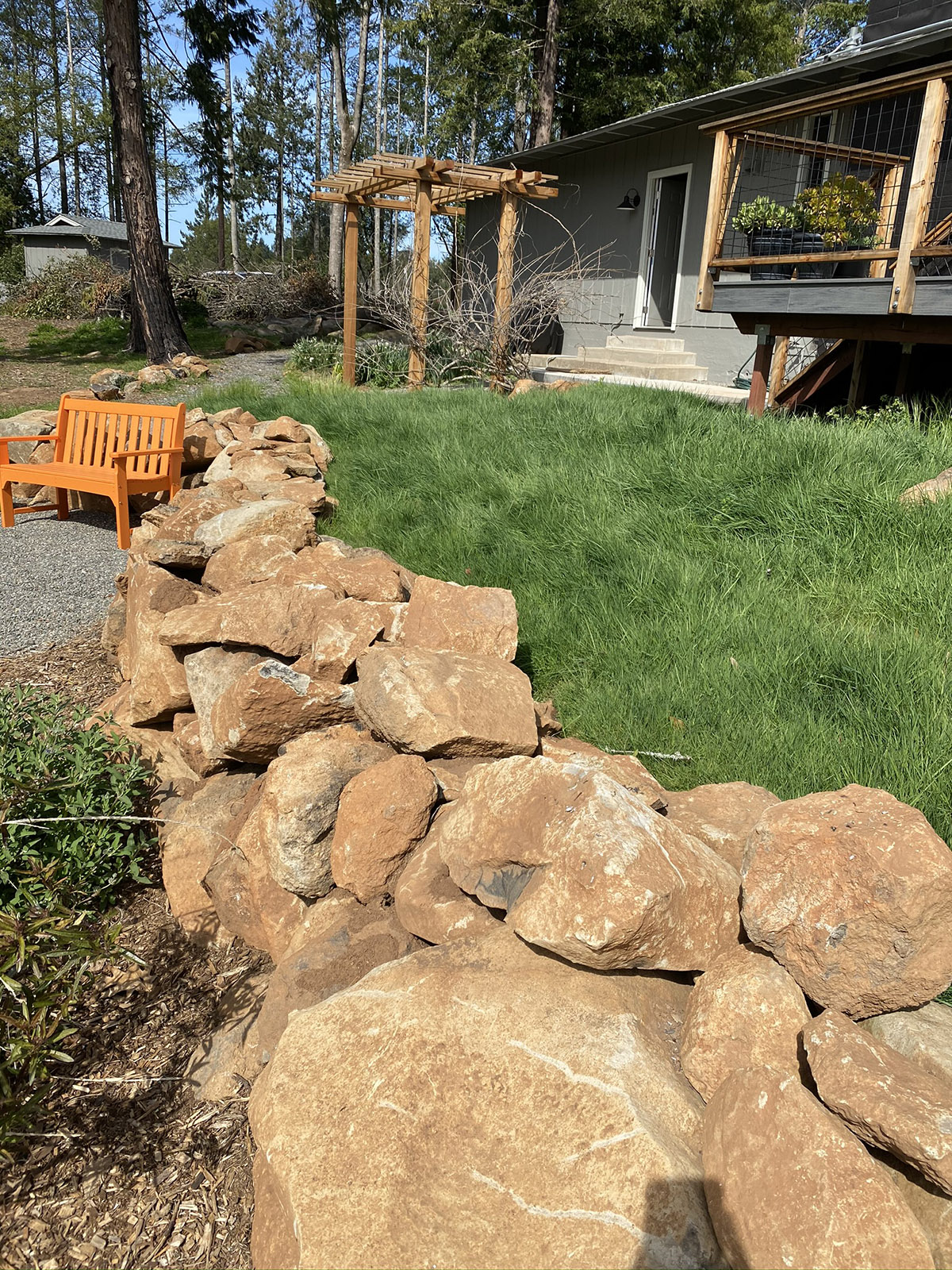
As we adapt to the impacts of climate change in our environment, we need to acknowledge that wildfire and increasing periods of drought are a part of our landscape. It can seem overwhelming to try to manage what seem to be competing interests. Our goal is to design and maintain our homes and adjacent property in ways that reduce their vulnerability to wildfire but also provide critically important ecosystem services. Some longstanding design practices will need to shift as we adapt. We envision a resilient future where each of us is adapting to the needs of our changing climate and preparing for future fires while ensuring optimal support for biodiversity and our environment.
With contributions from Ellie Insley, April Owens, and Clio Tarazi
Resources:
For more information and tips, please visit the Resilient Landscapes Coalition and the UC Master Gardener Program of Sonoma County.
Hedayati, Faraz, Carolyn Stansell, Daniel Gorham, Stephen L. Quarles. 2018. Wildfire Research: Near-Building Noncombustible Zone. Insurance Institute for Business & Home Safety.
Quarles, Stephen L., Yana Valachovic, Gary M. Nakamura, Glenn A. Nader, Michael J. De Lasaux. 2010. UCANR Publication 8393: Home Survival in Wildfire-Prone Areas: Building Materials and Design Considerations. Publication 8393. University of California Agriculture and Natural Resources. [pdf] – This publication helps you make your home ember-resistant so that it may withstand the exposure to embers that blow a mile or more from a wildfire.
Valachovic, Yana, Stephen L. Quarles, and Steven V Swain. 2021. UCANR Publication 8695: Reducing the Vulnerability of Buildings to Wildfire: Vegetation & Landscaping. Publication 8695. University of California Agriculture and Natural Resources. [pdf] – To improve your home’s chances of surviving a wildfire, first understand the three types of exposures that can threaten a home during a wildfire so you can prioritize your response in the context of your specific home and landscape.
Share:
Social Media
Garden Futurist Podcast
Most Popular
Videos
Topics
Related Posts
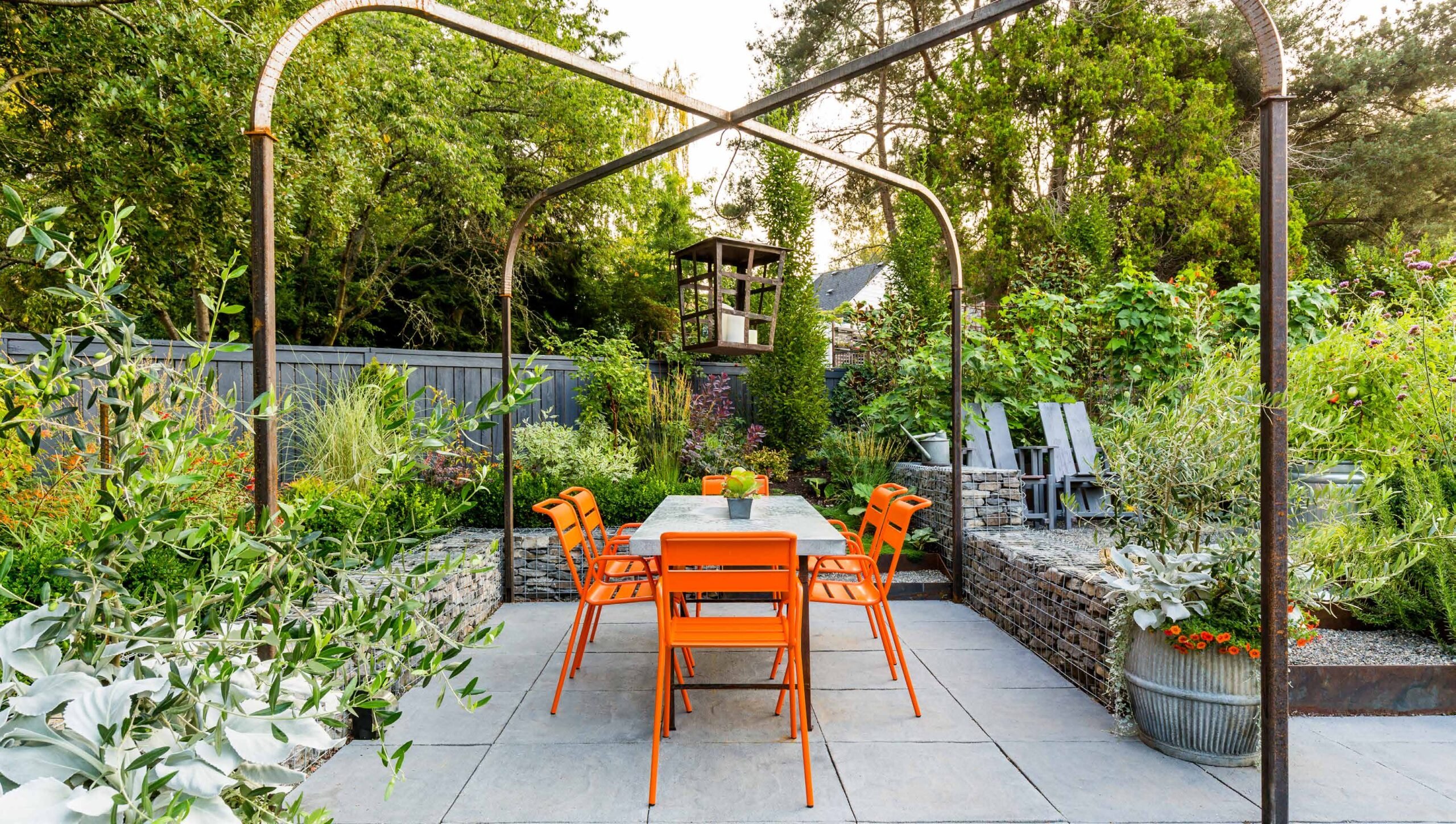
Design Futurist Award Announced: Committee Shares Vision
March 8, 2023 At Pacific Horticulture, we believe that beauty can be defined not only by gorgeous plants and design, but also by how gardens
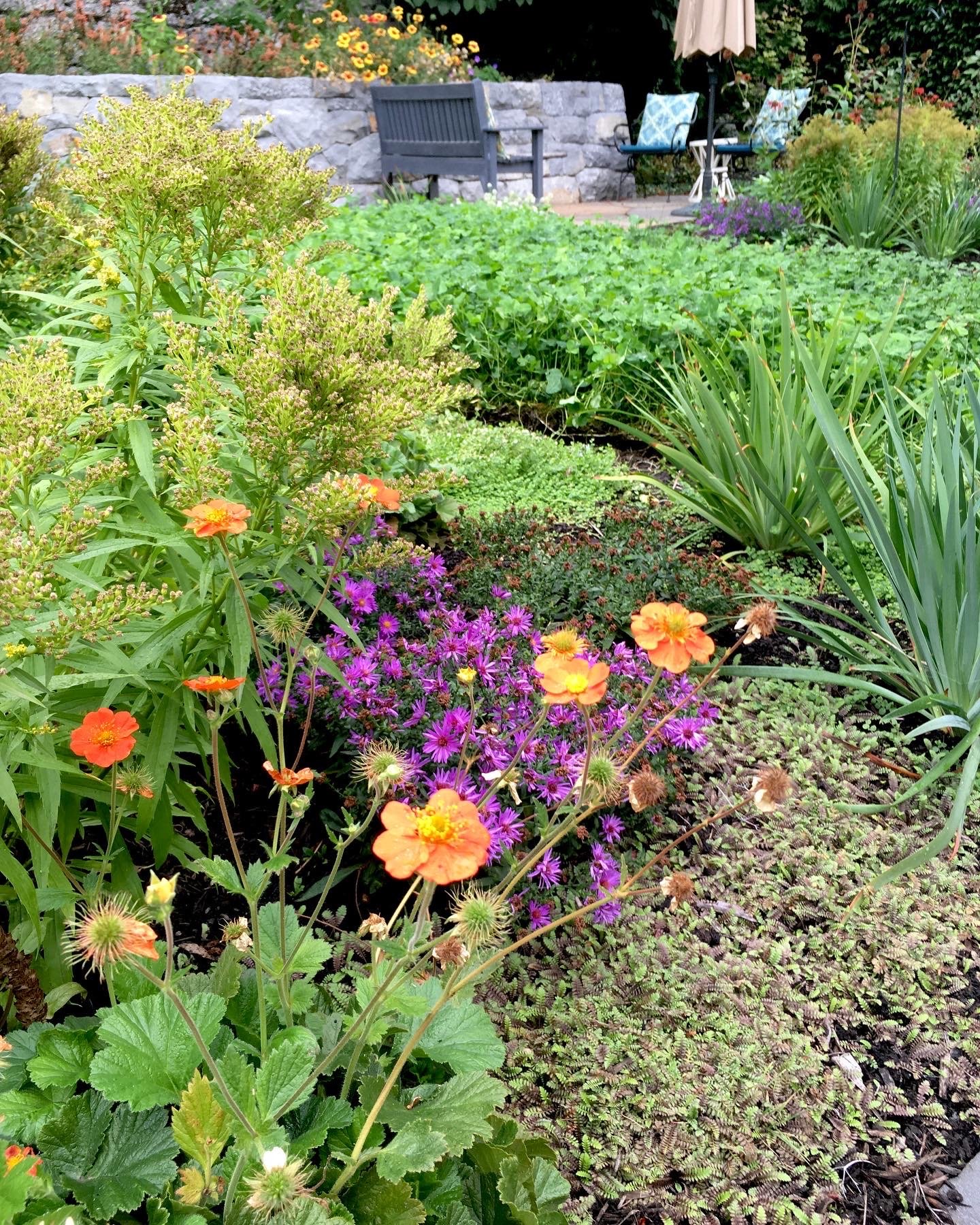
Nature Therapy from the Contemplative Garden
Winter 2022 Women’s hushed morning voices mingled with crashing waves and chattering crows. “The kettle’s still hot.” “Can you pass the honey?” Whoosh, crash, caw,

Portland Parks’ “Nature Patches”
Winter 2022 Nature is so beautiful when left to its own devices, yet crisply manicured lawns remain a status symbol. This is true in Portland,
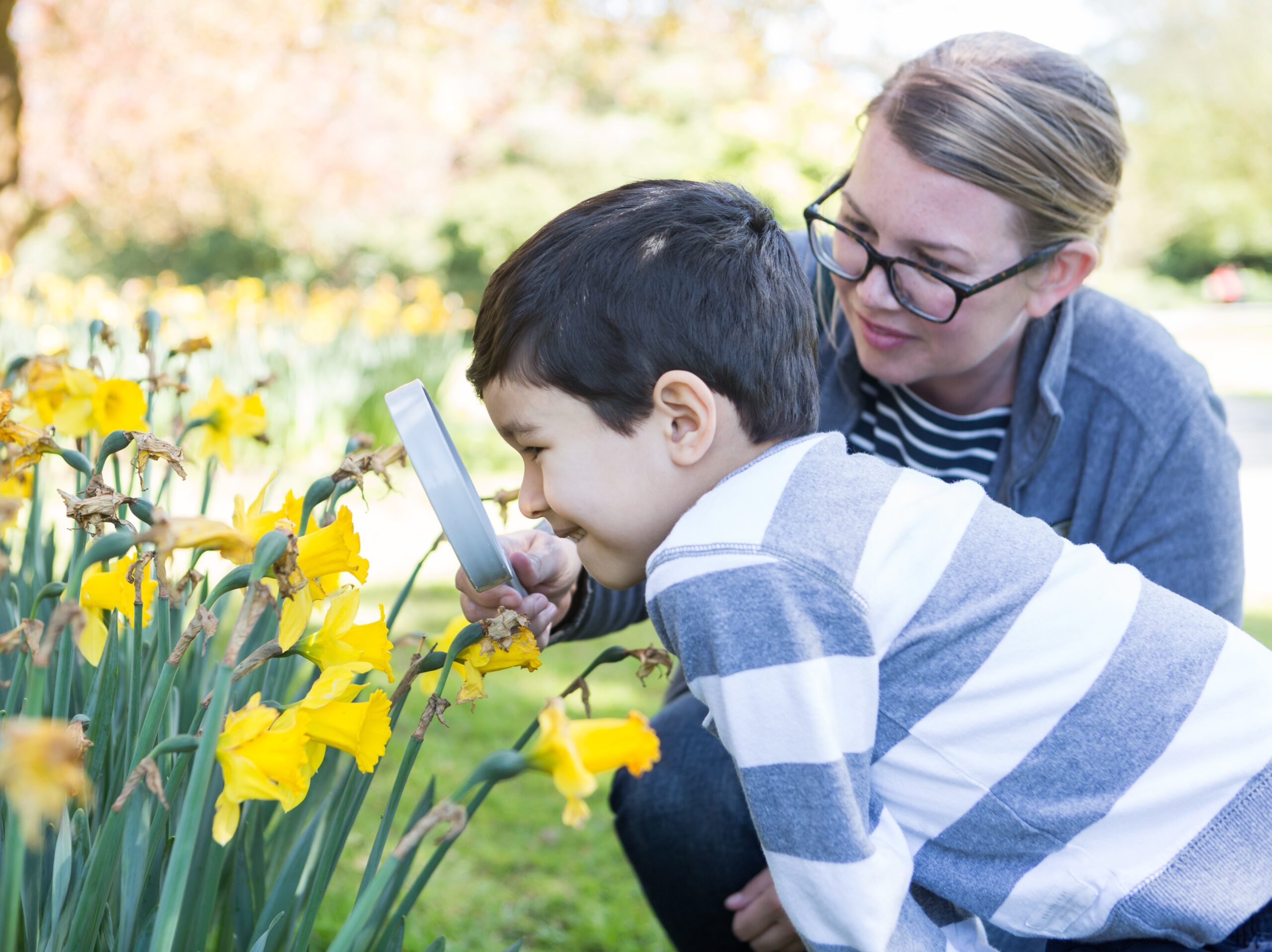
January Showers Bring February flowers…
Fall 2022 It may not quite have the same ring to it as the old English proverb, but it has a lot more truth to











Responses